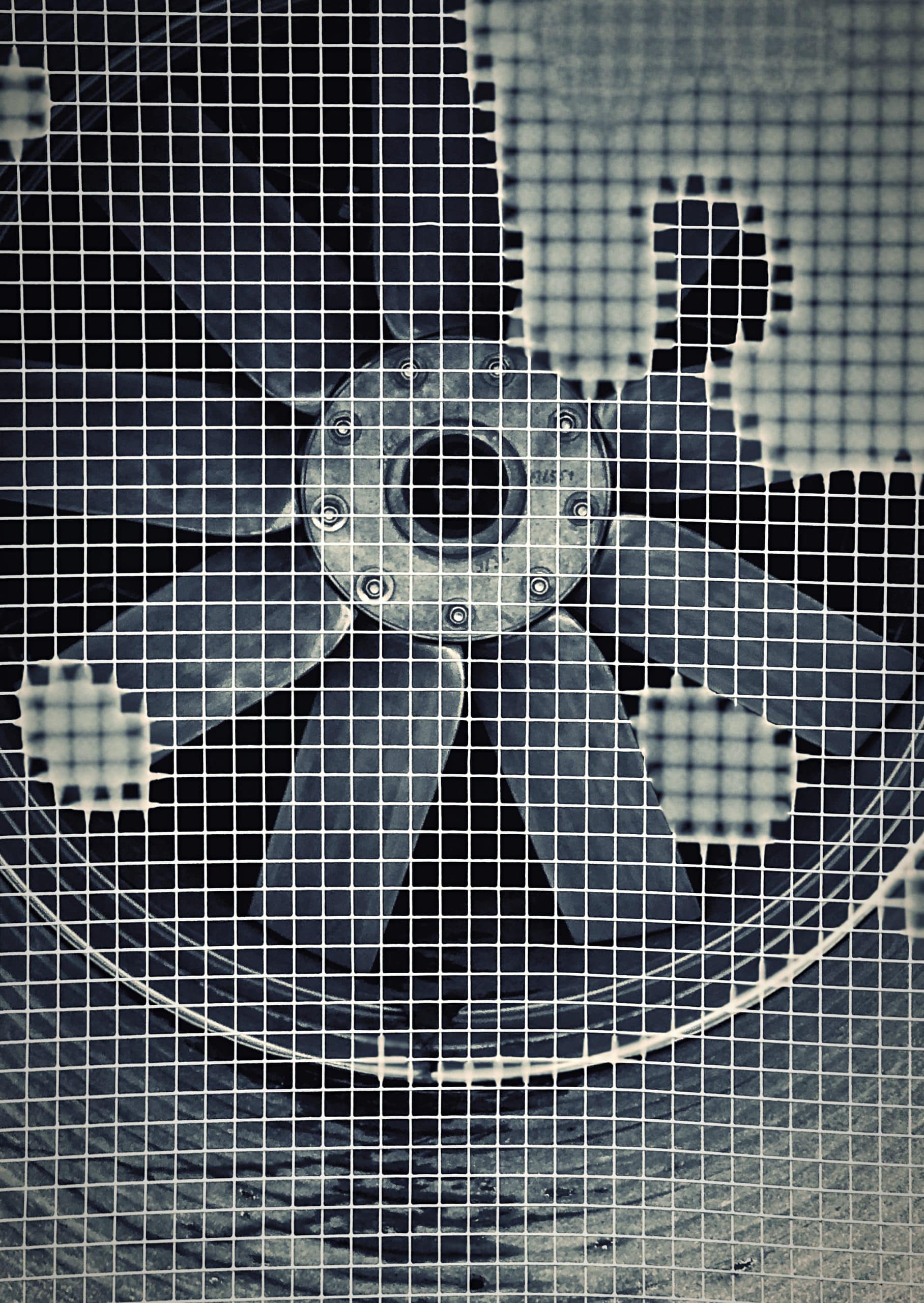How to Facilitate Cross-Ventilation in High-Rise Apartment Designs for Natural Cooling?

As you contemplate designing or living in a high-rise apartment, the question of ventilation will inevitably come up. Arguably, good ventilation is as important as aesthetic appeal when it comes to creating comfortable living spaces. It contributes to the thermal comfort of the building and can significantly reduce energy consumption. Cross-ventilation is a particularly effective passive cooling strategy that architects, engineers, and homeowners should explore. So, how can we facilitate cross-ventilation in high-rise apartment designs for natural cooling? This article will answer this question in detail, providing insights into the principles and benefits of cross-ventilation, and how it can be incorporated in high-rise buildings.
Understanding the Concept of Cross-Ventilation
Before we delve into how to facilitate cross-ventilation in high-rise apartment designs, we need to understand the concept. Cross-ventilation is a natural method of cooling and ventilating a building, harnessing the power of wind to remove heat and maintain a comfortable climate indoors. It involves creating openings on opposite sides of a building to allow air to flow in and out freely.
A lire également : How to Integrate Smart Thermostats in Residential Real Estate for Enhanced Energy Management?
Cross-ventilation depends heavily on the direction and speed of the wind, along with the design and orientation of the building. It’s a passive cooling strategy, meaning it doesn’t require energy-consuming mechanical systems. Instead, it depends on the natural movement of air driven by wind and thermal buoyancy.
Incorporating Cross-Ventilation in the Design of High-Rise Apartments
Next, let’s see how to integrate cross-ventilation into the design of high-rise apartments. One of the primary considerations in facilitating cross-ventilation in high-rise buildings is the layout of the building and its apartments. Here, the focus is on the strategic placement of windows and openings to allow wind to blow freely through the building.
Sujet a lire : What Are the Effective Solutions for Managing Shadow Flicker from Wind Turbines in Residential Areas?
Large windows on opposite sides of each apartment can facilitate cross-ventilation. It’s important to position these windows in a way that aligns with the prevailing wind direction. Additionally, internal doors should be positioned to allow air to flow freely through the apartment.
Another critical aspect of design for cross-ventilation is the inclusion of ventilation shafts or chimneys. These structures serve to remove hot air from the building, allowing cooler air to enter and flow through the apartments.
The Role of Building Orientation and Landscape in Cross-Ventilation
Building orientation and landscape also play vital roles in facilitating cross-ventilation in high-rise buildings. The building should be oriented in such a way that it catches the prevailing wind. This orientation will vary based on the local climate and geographical location.
The landscape around the building is equally important. Open spaces, trees, and other features of the landscape can affect wind flow around the building. Therefore, it’s crucial to consider these elements during the building design phase to enhance cross-ventilation effectively.
The Impact of Climate and Weather on Cross-Ventilation
The local climate and weather have a significant impact on the effectiveness of cross-ventilation in high-rise apartments. For instance, in a hot and dry climate, cross-ventilation can help to significantly reduce indoor temperatures, while in a humid climate, it can help to control humidity levels.
Weather factors such as wind speed and direction, temperature, and humidity levels need to be considered in the design phase. These factors will influence the size and placement of windows and openings, the orientation of the building, and the overall design strategy for cross-ventilation.
The Benefits of Cross-Ventilation in High-Rise Apartment Designs
Finally, let’s consider the myriad benefits of incorporating cross-ventilation in high-rise apartment designs.
Firstly, it contributes to the thermal comfort of the building. By facilitating the free flow of air through the building, cross-ventilation helps to maintain a comfortable indoor climate, reducing the reliance on energy-consuming air conditioning systems.
Cross-ventilation can also reduce energy consumption, resulting in lower utility bills and a smaller carbon footprint. It’s a sustainable design strategy that aligns with the global push towards energy-efficient buildings.
Moreover, good ventilation can significantly improve indoor air quality, reducing the concentration of pollutants and creating a healthier living environment.
By understanding and implementing cross-ventilation in high-rise apartment designs, we can create more comfortable, healthier, and sustainable living spaces.
Cross-Ventilation and Indoor Air Quality
A critical aspect often overlooked when discussing cross-ventilation is its impact on improving indoor air quality. Indoor air quality is of paramount importance as it directly affects the health, comfort, and well-being of the residents. By promoting natural ventilation, cross-ventilation plays a key role in maintaining healthy indoor air.
In a high-rise apartment design, the normal course of air movement is obstructed by the building’s structure, leading to the accumulation of indoor pollutants such as dust, allergens, and carbon dioxide. The introduction of cross-ventilation allows the built environment’s air to be constantly renewed with fresh outdoor air. This continuous flow helps to dilute and remove these indoor pollutants, thereby improving the indoor air quality.
In a similar vein, cross-ventilation can also help control indoor humidity levels. In humid climates, excess moisture can lead to the growth of mold and mildew, which can have detrimental effects on health. By facilitating the movement of warm air out of the apartment and allowing cooler, drier air to enter, cross-ventilation helps to maintain optimal humidity levels inside the apartment.
Cross-Ventilation and Energy Efficiency
Another compelling reason to incorporate cross-ventilation in high-rise apartment design is its potential to reduce energy consumption. With the increasing concern about climate change and sustainable living, strategies that can help reduce our carbon footprint are highly sought after, and cross-ventilation is one such strategy.
The basic principle of cross-ventilation is to utilize the natural movement of air to achieve cooling. By doing so, it eliminates or reduces the need for energy-consuming air conditioning systems. This can result in significant energy savings and contribute to a considerable reduction in energy costs.
Additionally, cross-ventilation can also help manage heat gain in high-rise apartments. On hot days, the built environment can absorb heat from the sun, making the apartments uncomfortably hot. Cross-ventilation helps to remove this heat by allowing warm air to escape, hence keeping the indoor temperature at a comfortable level.
Conclusion
In conclusion, integrating cross-ventilation into high-rise apartment designs can significantly enhance the living environment’s thermal comfort, air quality, and energy efficiency. While the implementation of this passive cooling strategy requires careful consideration of various factors such as building orientation, landscape, climate, and weather, the benefits it offers are substantial.
By promoting natural ventilation, it helps to improve indoor air quality and control humidity levels. Cross-ventilation also helps reduce energy consumption by reducing reliance on air conditioning systems and managing heat gain. As we strive towards sustainable living and energy efficiency, incorporating cross-ventilation in high-rise apartment designs is not just an option but a necessity. With careful planning and design, we can harness the power of nature to create healthier, more comfortable, and sustainable living spaces.
